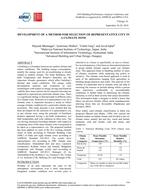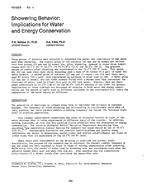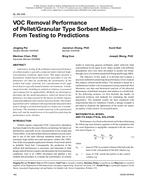Optimizing the combustion performance and reducingemissions of methane gas by varying excess air has been andcontinues to be an area of interest for researchers, manufacturers, and operators of equipment such as gas-fired boilers, with the aim of developing more energy-efficient systems andaddressing ever-growing environmental concerns. Resultswere graphically displayed and discussed, illustrating theeffects of excess air on the combustion process with regards toenergy, temperature, and pollutants. Easy-to-use equationswere developed with guidance on how to accurately optimizecombustion.
Methodology: Numerical software tools were used in analyzing injected methane gas and variable excess air ratios. Emissions such as carbon dioxide (CO2), carbon monoxide (CO), and nitrogen oxides (NOx) were also recorded and analyzed. Optimum energy output was investigated in relation to excess air and emissions.
Results were tabulated and graphs generated. Equations were derived using industry-established software tools. The accuracy of the developed equations was assessed on statistical basis. Discussions on advantages and disadvantaged on excess air are included.
Conclusion: Results were found to be in agreement with published official information. Precise control of excess air can improve energy efficiency and lower pollution levels in the flue gas. The developed equations can easily be programmed into a computer-controlled combustion system. Results in this paper can be also be used to assess similar existing processes. Once the computational fluid dynamics (CFD) model is set up, the model can be adjusted to suit specific simulation requirements.
Citation: 2016 Annual Conference, St. Louis, MO, Transactions 2016, Vol 122 pt. 2
Product Details
- Published:
- 2016
- Number of Pages:
- 7
- Units of Measure:
- Dual
- File Size:
- 1 file , 1.9 MB
- Product Code(s):
- D-ST-16-012


